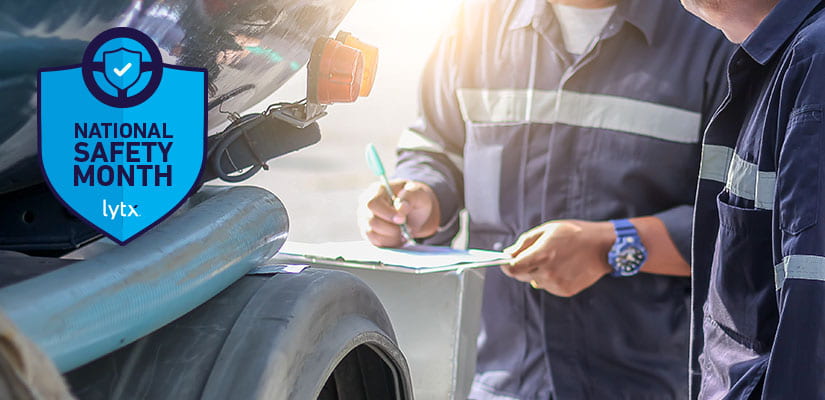Reducing distracted driving and elevating safety is a priority among today’s top fleet managers. With increased risk on the roadways and more distractions than ever before, the need to identify distractions and find ways to keep commercial drivers focused is more important than ever.
In May 2022, FleetOwner hosted a webinar titled “Best Practices to Prevent Distracted Driving.” The speakers, industry experts Andrew Wren of Vulcan Materials Co. and Noah Budnick of Together for Safer Roads, shared their perspectives on the most common distractions, how to best address them, and how to cultivate safety cultures within an organization. Although their viewpoints were different, they agreed on one thing: training and developing a positive culture of safety are two of the most effective ways for organizations to reduce risk.
Identify distractions
When it comes to reducing distracted driving, the first step for most fleet managers is to identify what the distractions are and how they are creating unsafe situations. Wren, Safety and Heath Manager at Vulcan Materials, noted that driver distractions come in all forms, but that it’s “the unsafe habits that folks may have that they don’t even realize they have” that are often the most concerning.
Wren highlighted how the goal of mobile app creators is to keep users engaged, noting, “their incentives are at odds with our incentives as safety professionals that want people to be focused on their tasks, not constantly distracted by their phones.”
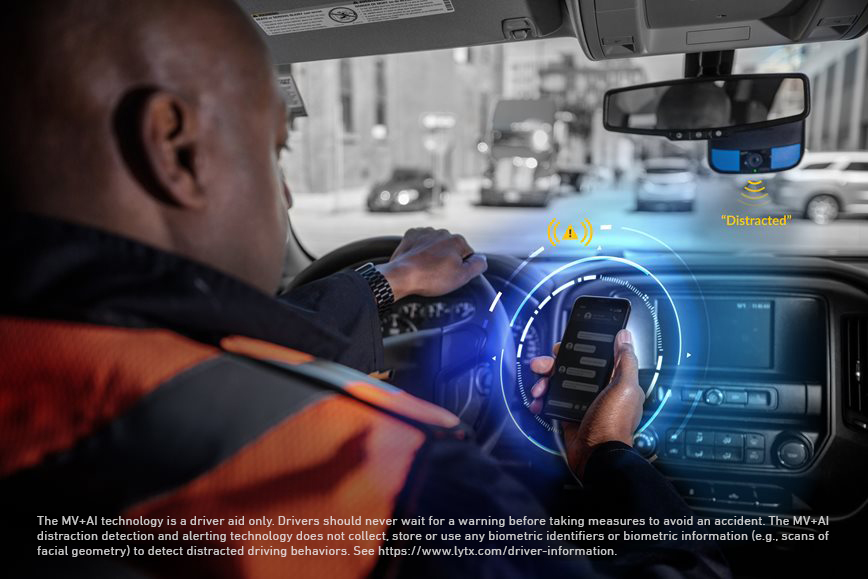
Noah Budnick, the Executive Director at “Together for Safer Roads,” a non-profit organization that organizes purpose-driven companies, government, and communities, actively works to create safer roads. On the topic of driver distractions, Budnick noted that the issue is with all drivers. “It’s not just the professionals that we all work with, but the driving public.” Budnick said. “I hear from a lot of fleets and their concerns about being rear-ended by a normal driver who may be distracted.”
When it comes to non-electronic distractions, Budnick noted “especially in denser areas where you have a lot of new types of road users, more people are getting out of their cars and walking. You’ve got people riding their bikes. You’ve got scooters. And you’ve got new street designs to keep everybody safe.”
Whether electronic or not, driver distractions can quickly lead to serious collisions and costly insurance claims, so it’s imperative that fleet managers stay current on the latest distractions and develop new ways to address these issues and create safety programs to help their drivers stay focused as environments become busier and noisier.
Develop safety programs
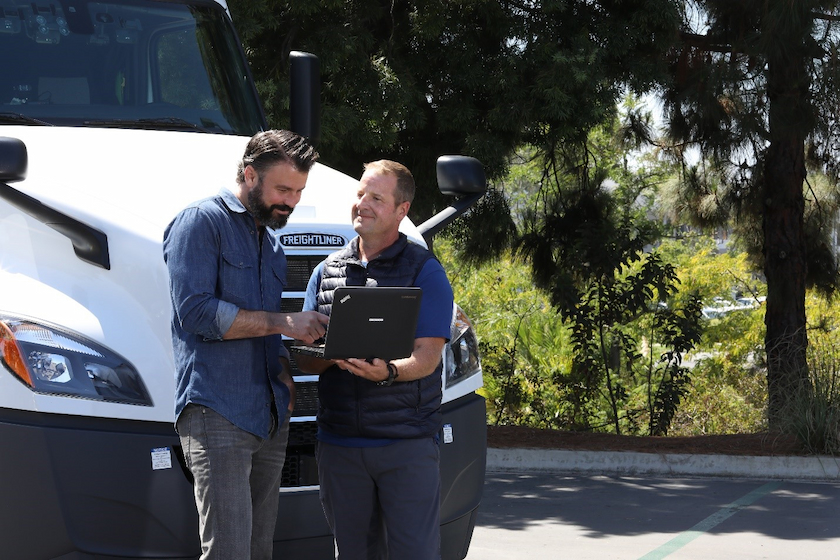
For safety managers like Andrew Wren, developing and instituting safety programs is the next step in combating distracted driving. Although specific programs and approaches may vary from company to company, the goal of having safer fleets is universally shared. For Vulcan Materials, Wren mentioned,
“We are trying to leverage as much technology as we can to help combat cell phone use or other distractions in the truck.”
- Andrew Wren
For Wren, the Lytx platform “is the one we use to ensure our folks are compliant with our policies of not using phones.” Additionally, taking a less-is-more approach to what Vulcan installs in their vehicles has also helped. “We certainly don’t want to put too many displays in the truck with the drivers because then you get a little bit of display fatigue, or it can itself be a distraction,” Wren said. “It’s trying to balance the use of technology to increase focus on what you should be doing and decrease the focus on the stuff you don’t need to worry about as a driver.”
Most fleet managers would agree that a successful safety program needs to be a two-way street. Wren shared, “It’s really important that we’re engaged with our folks to get their input. If we install a new system, let’s go out and talk to the drivers. If things don’t work, we as a company are good at backing up and changing course to correct any of those issues.”
Foster a culture of safety
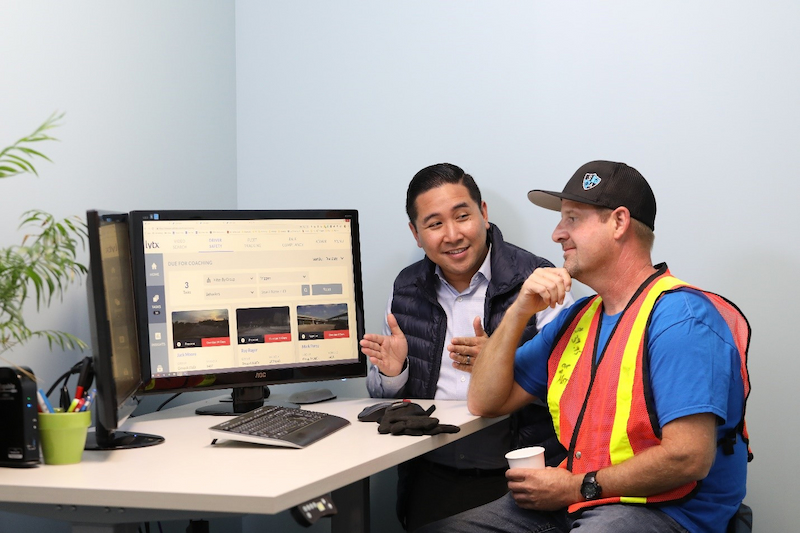
Instituting successful safety programs requires considerable time and effort between the management team and the drivers themselves. According to Noah Budnick, “Safety is not something you take one class for once. It’s something that happens every day in an organization. Leadership is very important because it then sends a message to everybody in the organization that this is one of the ways we measure success, and success is about having a safe fleet.”
Budnick’s “Together for Safer Roads” organization offers a useful workforce development program called FOCUS, which helps companies build safety cultures and achieve safe and efficient operations through a combination of safety training, leadership development, and technology.
When discussing the process of introducing electronics into a fleet safety program, Budnick again stressed the need for consistency: “You need to introduce it properly, you need to get buy in, and keep up with safety training.”
As the safety and health manager of nation’s largest producer of construction aggregates with distribution that spans coast to coast, Wren deeply understands the importance of prioritizing safety in the workplace: “It’s engrained in how we do business; we call it the ‘Vulcan way’ – doing the right thing, the right way, at the right time.”
When discussing the part that all employees play, Wren said, “It’s something that everybody is empowered to take charge of, and it starts with deliberate employee engagement.”
For Wren, one of the major factors for the success he has found simply comes from having open and honest conversations about safety.
“It’s about empowering employees to take charge of their own safety,”
- Andrew Wren
As an example, Wren noted that management can answer common questions, “Why are we tracking certain things, and what are we trying to reduce when we utilize technology like Lytx?”
Another suggestion Wren shared is how company leaders can emphasize how “each person impacts the outcomes in their area” and how that commitment can grow “the team’s success, to area success, to division success, and to company success.”
In practice, Wren stated that creating a successful safety culture involves a “steady cadence of safety meetings, driver ridealongs, regularly scheduled training sessions, a healthy driver training program, things like that – making sure all of our teams have really open communication.”
Wren recalled that the “first year is very critical with both coaching consistency and training your coaches.” He added that it was important for him to make sure each meeting is “not a disciplinary session” and that it’s best to focus on “the positive recognition of good driving behaviors.”
Effective coaching
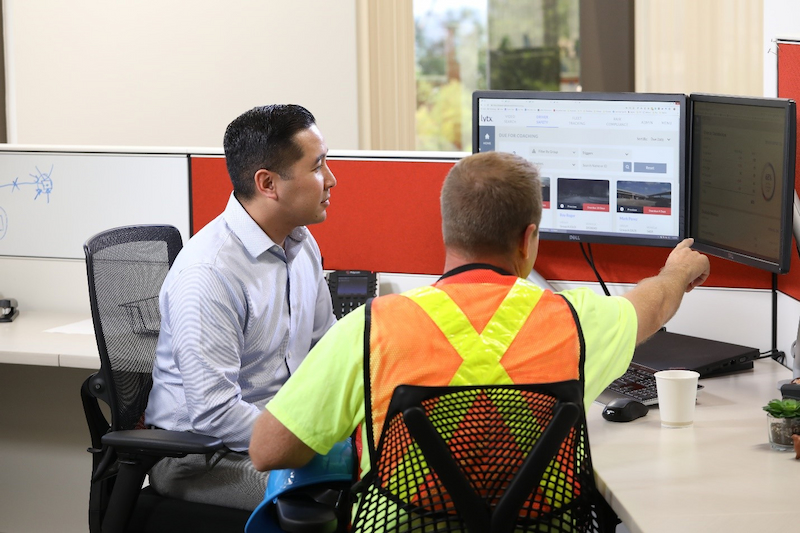
A Lytx customer of over five years, Wren has first-hand experience when it comes to introducing sensors and working with his drivers to ensure they understand the value the technology can provide. He shared that “highlighting the benefits of the program” proved to be an effective tool.
As an example, he continued: “Showing our drivers pre-Lytx how many vehicle accidents we were having versus post-Lytx how many vehicle accidents we’re having” was valuable data for Wren’s team to provide.
Wren also found recent success in training coaches to become better coaches, which included “putting a focus on some of the metrics around coaching effectiveness that Lytx has.” He shared, “We can then reward our top performers and identify those who we need to spend a little more time with and help them understand how they can be a more effective coach.”
With distracted driving on the rise, having a plan to reduce risks and improve safety is essential for today’s fleet managers. “It’s not that the roads are getting safer out there, because there is more and more distracted driving,” Wren said. “It’s that they’re becoming better drivers as a result of getting these constant behavioral nudges to become better drivers.”
